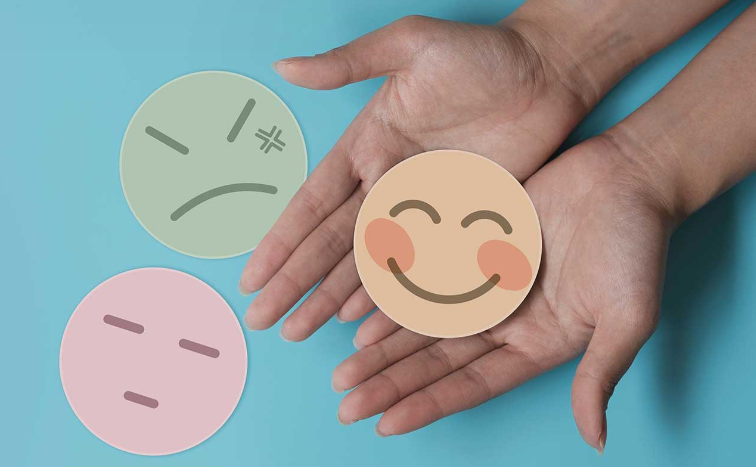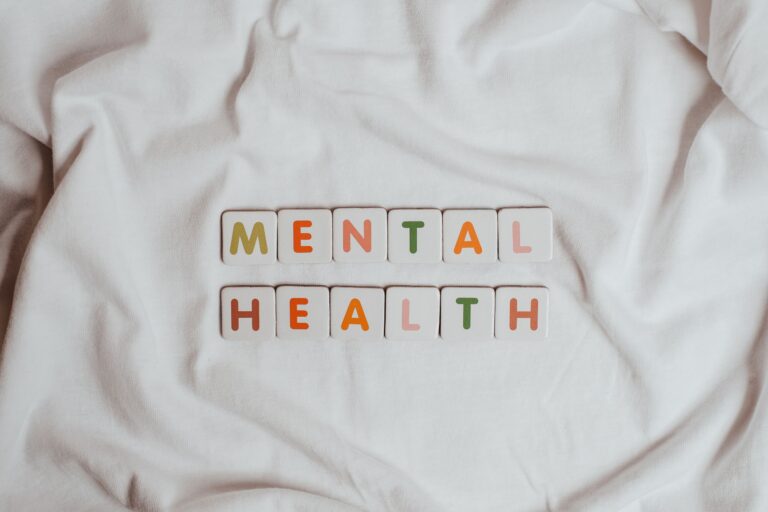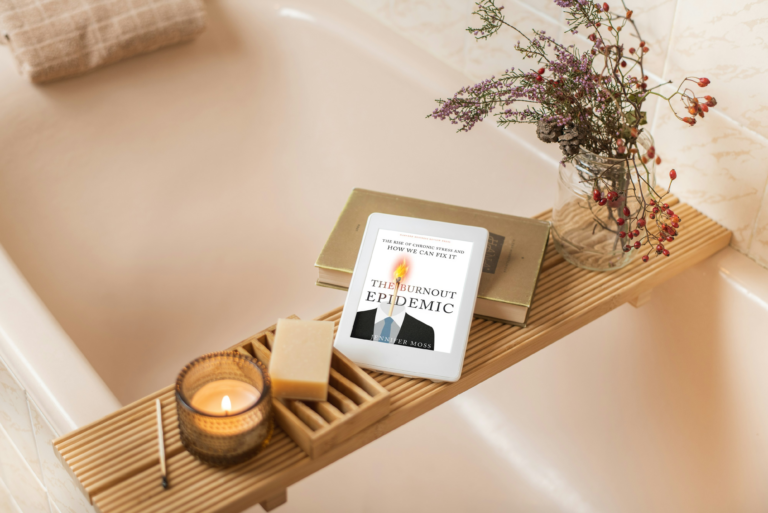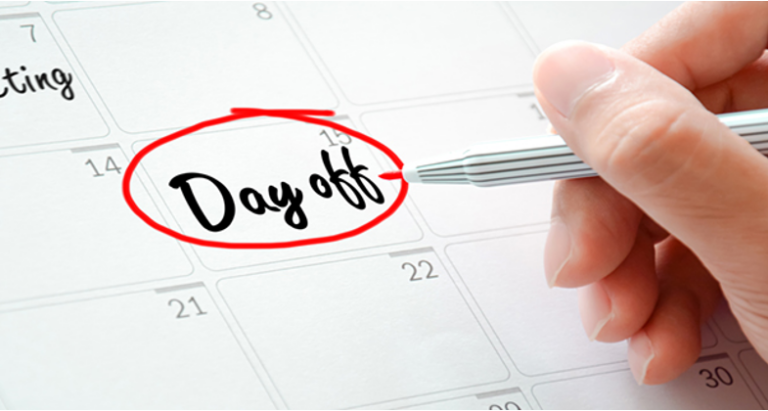What is Psychological Resilience and How Can you Practice it?
Sometimes two people react differently to the same situation. For example, if a family member ends up in the hospital, some of his relatives feel worried, but believe that everything will be fine, while others are so affected by the news that they cannot continue their daily activities, such as going to school or work. Those two family members differ, among other things, according to their psychological resilience, which is shown in these and similar stressful life situations. People who are more psychologically resilient maintain their mental health more easily during a difficult life period and return to the state they were in before the crisis more quickly. However, this does not mean that they do not experience, for example, concern for their neighbor who is sick (or any other unpleasant emotions), but that they face them in a healthier way than people with less developed resistance.
Psychologically, more resilient people will find ways to regulate their emotions more easily when facing challenging situations. On the other hand, less resilient individuals will more often experience negative consequences that do not contribute to the effective resolution of the resulting crisis, such as catastrophizing about the possible outcomes of the situation and a lack of ability to regulate unpleasant emotions.
When we talk about psychological resilience, we include many different skills, individual characteristics and abilities that a person needs to develop in order to increase resilience to challenging life situations.
There are five factors that determine the level of psychological resilience (De Terte, Becker i Stephens, 2009):
- MIND: psychological flexibility, optimism, confidence and self-esteem
- EMOTIONS: emotional experiences and emotional regulation
- BEHAVIOR: active problem solving, setting realistic goals, learning from mistakes
- BODY: exercise, rest, sleep
- ENVIRONMENT: family, community, society
Psychological resilience in practice:
- Normalize feelings of worry and anxiety – It is understandable and normal to feel unease, anxiety and worry during stressful times. Accept and acknowledge these feelings in yourself even as you take positive steps in response to these reactions.
- Pay attention to your thoughts – stressful times often cause thoughts that are not helpful. Then we usually focus on negative predictions about the current or future situation and imagine the worst case scenario. These thoughts can increase anxiety over time. A balanced perspective should be taken in order to reduce anxiety and stress in yourself.
- Remind yourself that you are only human – with your virtues and flaws, human beings who make mistakes, just like everyone else, and who are able to correct their mistakes.
- Involve yourself and the family in enjoyable activities – enjoyable activities help us to improve our mood, so it is very important that you do things you enjoy together with your children/ partner/friends.
- Initiate useful behavior in yourself– anxiety and worry are natural reactions when we find ourselves in a potentially dangerous situation. They move us to the appropriate activity to face the danger. Worrying that is not helpful can exhaust us. It’s important to initiate helpful behaviors in yourself to ease stress.
- Engage in Problem Solving – Here are some steps that are helpful in problem solving: (1) identify the problem; name it, and be as specific as possible about the nature and size of the problem, (2) brainstorm potential solutions, (3) choose the solution that is most optimal at that moment, (4) plan the chosen solution, (5) implement the solution, (6) rate the result.
- Take care of yourself – taking care of yourself is not selfish; in fact, it is a key step towards being able to better care for others and fulfill our roles in life. So set a time for going to bed and waking up, exercise, eat a balanced diet and practice regular meals.
- Relieve physical stress and tension – relaxation exercises – research shows that abdominal breathing (slow, belly breathing) and progressive muscle relaxation exercises (alternating tension and relaxation of muscles in order to recognize and eliminate signs of physical tension) are useful in reducing physical tension and increasing relaxation . Applying these exercises in everyday life can be very useful. You can do them together with children. It will be fun and useful at the same time







